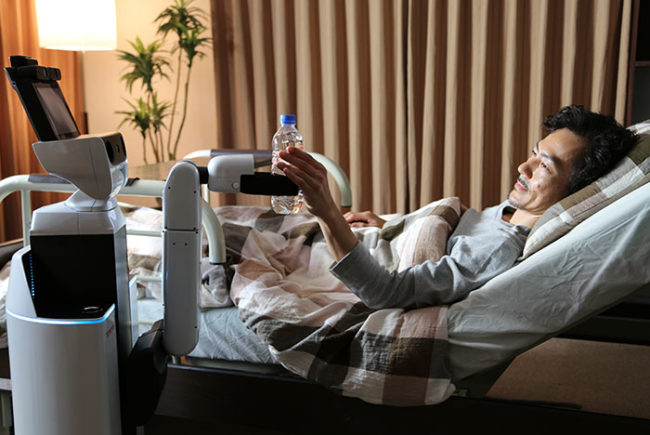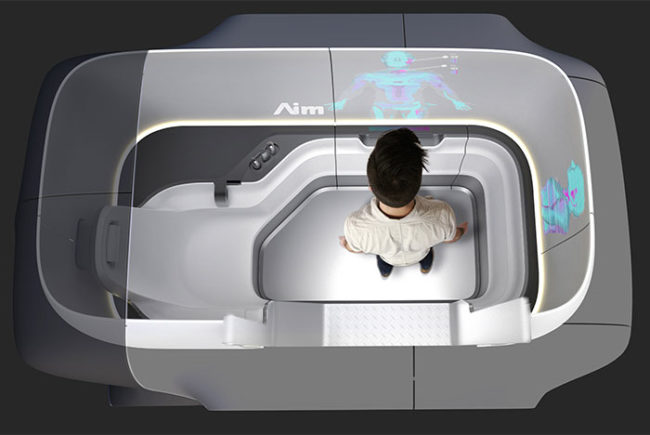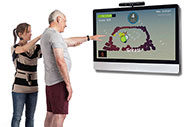New York-Presbyterian makes multimillion-dollar investment in telehealth startup
New York-Presbyterian Hospital and HealthQuest Capital have invested $6 million in telehealth startup Avizia.
New York-Presbyterian has been one of the hospitals at the forefront of video consult services as it uses telehealth technology to reduce emergency department wait times and support its telestroke peer-to-peer physician consult program. With this investment, hospital officials at New York-Presbyterian say they will play an advisory role as Avizia enhances its platform to assist health care providers in increasing access to care, improving quality of care and lowering the cost of care through tech-enabled services.
“This investment represents an important step forward for New York-Presbyterian and our digital health offerings,” says Steven J. Corwin, M.D., president and CEO of New York-Presbyterian. “We look forward to collaborating with Avizia and bringing the next generation of health care technology to patients in New York and around the country.”
University of Calgary expands remote monitoring in the hospital and patients’ homes
Health care technology company biotricity inc. has finalized the expansion of its long-term research partnership with the University of Calgary to increase remote monitoring at the university’s Cummings School of Medicine department of anesthesia.
biotricity will develop prototype remote monitoring mobile devices in a number of clinical settings, including perioperative medicine, maternal/fetal medicine and acute and chronic care medicine to facilitate the application of smart medical-grade wearables to the hospital and outpatient settings.
“Just as logistics and on-time supply chain management revolutionized industry in the ’90s, clinicians are realizing that individualized ‘on-time/real-world’ care will revolutionize medicine, allowing us to reduce costs and improve outcomes simultaneously,” says David Liepert, M.D., a clinical associate professor in the department of anesthesia and perioperative medicine. “This is particularly obvious in the growing field of perioperative medicine, where interactive preoperative optimization and ongoing postoperative hospital and outpatient recovery monitoring, including activity, compliance and physiology combined with early client-specific intervention are already demonstrating those benefits.”
John Radcliffe Hospital tests new method for patient monitoring
John Radcliffe Hospital, the main teaching hospital in Oxford, England, successfully tested Oxehealth software for remote patient monitoring. Rather than the traditional stick-on electrodes, finger clips and other monitoring devices attached to a patient’s body in some fashion, Oxehealth relies on software that uses camera data to measure heart rate, respiration and blood oxygenation from a distance.
The software detects tiny pixel changes in videos of patients, such as the rising and falling of a patient’s chest when breathing or slight changes in skin color.





